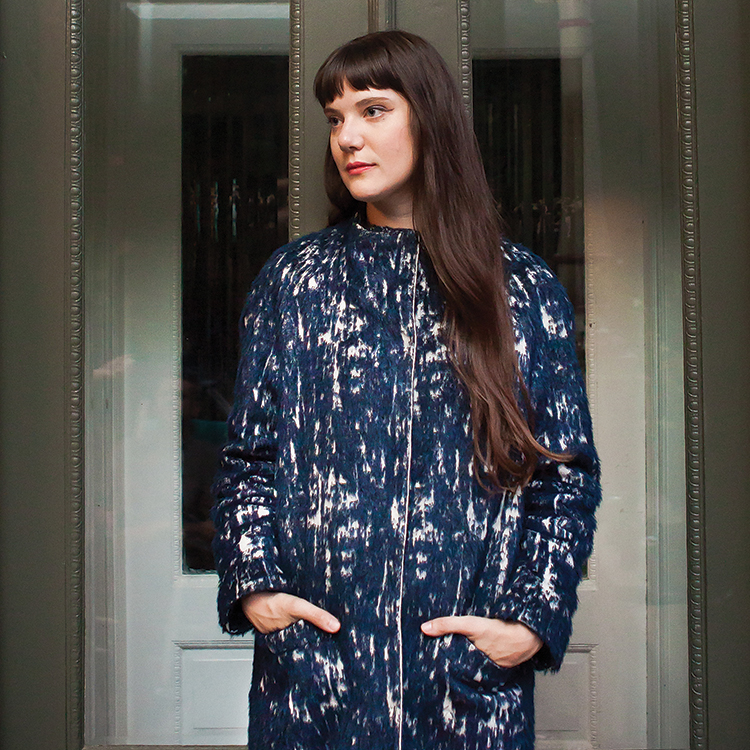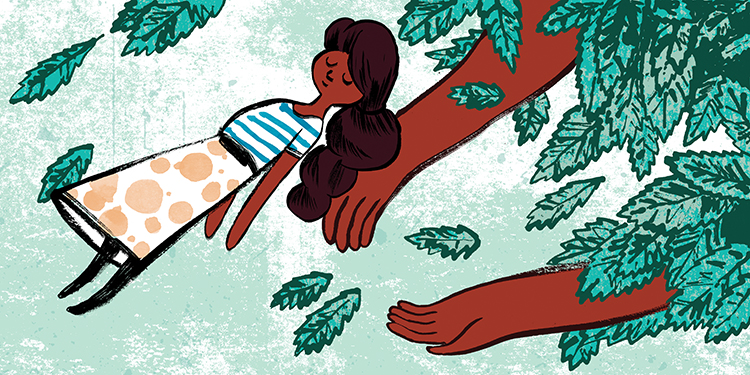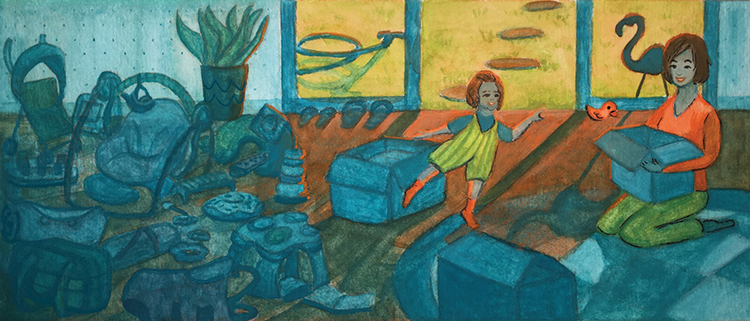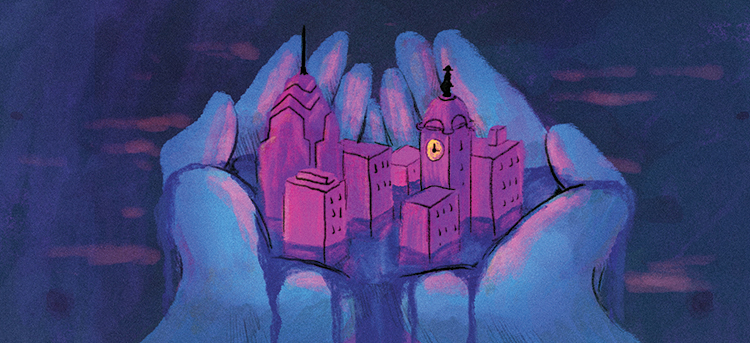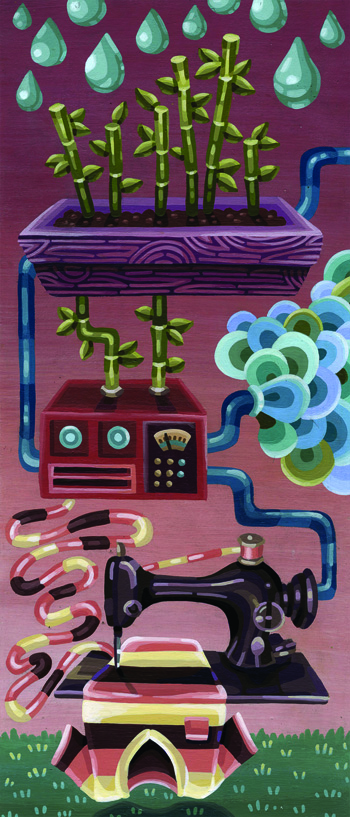 by Denise Shardlow
by Denise Shardlow
People often ask me why i became a fashion designer. My reply: It’s just something I’ve always done.
Ever since I was a kid, I made things. I drove my dad nuts with all the projects I had going on at once. I would sneak into his tool box in the garage to “borrow” whatever I needed. His nick-name for me—“Neesey-Neesey-thing-maker”—was often said with an exasperated edge.
Dad and I did my back-to-school clothes shopping together. We had similar approaches—if you like it, buy it; if you don’t, go to the next store. Once, after a few futile stops, he asked me what exactly I was looking for. I answered in exquisite detail. He looked at me and said, “Kid, do you think you can make it?”
“Yep, of course I can,” I replied.
He took me to the fabric store, showed me the basics of a sewing machine and told me, “You’re on your own.” I never looked back.
Ten years ago, I started selling whimsical handbags to gift boutiques. As I met other artists, craftspeople and boutique owners, it became clear to me that maintaining certain ethical standards for my business would prove essential.
About four years ago, I had a conversation with the proprietor of a store that sold my handbags. She told me about a new pajama line she had started carrying, made using fabric derived from bamboo. After hearing her extoll the positive qualities of bamboo fabric and the sustainable upsides of the fiber, I knew I needed to get my hands on some.
The timing was good. I was growing bored with handbags, and considered myself a clothing designer first and foremost. It took me six months to find a suitable weight jersey, but once I found it, it was love at first touch.
The more I researched, the more excited I became about bamboo. It’s basically a weed—it never needs replanting and requires no fertilizers or pesticides to grow. Bamboo also thrives in impoverished soil; its roots hold soil tight, sustaining river banks and reducing water pollution. If that wasn’t enough, it takes in five times the volume of greenhouse gasses as an equivalent stand of timber trees and releases 35 percent more oxygen.
The sustainable elements were obviously important to me, but, as a designer and a woman who wears clothing, I loved the stuff. The fabric is soft, comfortable and has a lovely drape. It’s thermal regulating, moisture wicking, easy to care for and wrinkle resistant. It’s ideal for travel and appropriate year-round.
At the time, clothing made from bamboo and organic cotton seemed to be mostly T-shirts, hoodies and yoga pants, so I made an effort not to design what I thought of as typical “eco-friendly” clothing. I started with a line of mix-and-match sportswear that could take a woman through her day in comfort and style.
During my first two years of working with bamboo, the business grew through word of mouth. As sales increased, I wanted to concentrate on marketing and shift to online sales. Last summer, I called the Women’s Business Development Center for advice; they recommended I participate in their Fast Track program.
I was eager to update our business plan and dove into researching. The technology behind making bamboo into a fiber is similar to the process of making wood pulp into rayon, and I discovered that bamboo was becoming contentious in the eco-friendly world due to the chemicals involved in that transformation.
As I waited to see what would come of this controversy, I began to experiment and look for other fibers. I tried hemp, soy and straight organic cotton, as well as fabrics that combined organic cotton and bamboo. I made sample pieces from these fabrics in my silhouettes and invited my core customers to the studio to gauge their opinions.
The consensus was clear: There was nothing “wrong” with these fabrics, but they were ordinary. They didn’t offer the same luxurious feeling against the skin. But, since I was originally motivated by the eco-friendly aspect of bamboo, I still wanted to make another fiber work. This spring, I came up with a little shirt that’s a soy/organic cotton blend, but it still doesn’t lay and drape like the bamboo.
Earlier this spring, the Federal Trade Commission ruling on bamboo was released. The news wasn’t good: Manufacturers of bamboo clothing now must call their products “bamboo rayon/viscose” and can no longer claim anti-bacterial or biodegradable properties. The chemicals used in the process have subverted the environmental pedigree of the fabric.
For 24 hours after the ruling, the wind was out of my sails. Everything I had based my business on over the last few years was being ripped out from under me. Then I took a couple of deep breaths and continued researching, talking to manufacturers and suppliers of bamboo.
When the dust settled, I had gained another perspective: I believe bamboo rayon is not as bad as the FTC made it out to be. I’ll explain. No fiber is perfect. Not even organic cotton—it takes an enormous amount of water to produce a small amount of cotton. Is that ideal? No, but it is an improvement.
Manufacturing a sustainable, organic raw material such as bamboo into a fiber is not yet perfect, but it’s a work in progress that remains miles ahead of conventional cotton and polyesters. Most bamboo rayon manufacturers recycle a large portion of the chemicals involved in the first part of the pulping stage.
The process is bound to improve. We need to be open and supportive of the new sustainable textile industry, allowing it to go through growing pains while closely monitoring and nurturing it. Turns out the road to a sustainable fashion industry is filled with setbacks and compromises, but that doesn’t mean it’s not worth walking.



